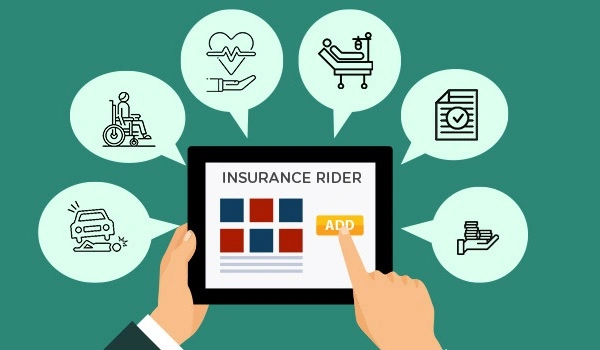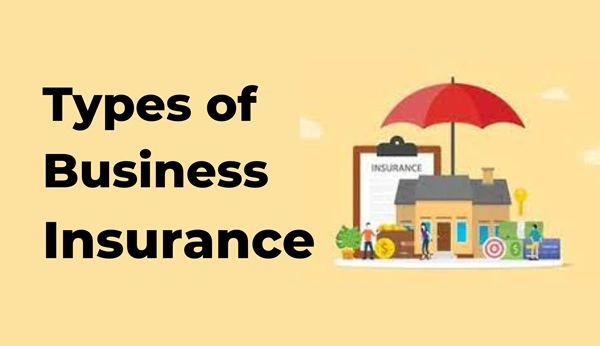When I first started advising small business owners and families in Delhi about insurance, one thing stood out: most people focus on which policy to buy—but not on what kinds of risks they are trying to cover. Insurance isn’t just about ticking a box; it’s about protecting yourself from risks that could threaten your assets, health, livelihood or family’s future. To make smart decisions, you need to understand the types of risk that insurance addresses (and which it doesn’t). In this article I’ll walk you through key classifications of risk, why they matter in the Indian context and how you can use this insight to pick better insurance covers.
What is Risk in Insurance?
In insurance language, a risk is basically the chance that a loss will occur due to some event. It’s about uncertainty and possible adverse outcomes. A good way to think of it: when you buy insurance, you’re transferring certain risks from yourself (or your business) to an insurer who agrees to cover specified losses if that event happens.
In theoretical terms: while “uncertainty” refers to outcomes we cannot assign probabilities to, “risk” is when we can estimate probabilities and potential losses.
From my experience: when clients understand which type of risk their cover protects, they shift from buying insurance out of obligation (because “everyone says so”) to buying it with purpose (“I’m covering this risk”).
Major Types of Risk in Insurance

Here are key ways in which risks are classified in the insurance and risk-management field, especially relevant for India.
- Pure Risk vs Speculative Risk
- Pure Risk: A scenario where only loss or no loss can happen—no possibility of gain. Example: a fire in your warehouse, theft, sudden illness. These are the typical risks insurance is built to cover.
- Speculative Risk: Here there is potential for loss, no change, or gain. Example: investing in stocks, starting a new business venture. Because one might make profit, insurance generally does not cover speculative risks.
Why it matters: If you ask an insurer to cover a speculative risk (say you want insurance for your investment returns), you’ll usually be declined. When you are clear that your risk is “pure” (e.g., risk of fire in your factory), you match the insurance product properly.
- Financial (Insurable) Risk vs Non-financial (Uninsurable) Risk
- Financial Risk: Losses that are quantifiable in monetary terms. Example: damage to equipment, loss of stock, medical bills. These are standard insurable risks.
- Non-financial Risk: Losses that are not easy to quantify financially—like reputational damage, emotional distress, bad decision-making. These often fall outside conventional insurance covers.
Example from my work: A client worried about “brand damage” if production stopped. Insurers were willing to cover the property damage (financial risk) but asked how they would cover the brand impact—that was harder to insure (non-financial risk).
- Fundamental Risk vs Particular Risk
- Fundamental Risk: Large scale, affects many people simultaneously, often beyond the control of individuals. Example: natural disasters, economic recession, war. These risks can be huge in India (monsoon floods, earthquakes).
- Particular Risk: Risk that affects only an individual or a limited group. Example: a fire in one shop, theft of one vehicle. These are more easily insured.
Why it matters: Some fundamental risks may be excluded or require special policy terms (catastrophe cover, regional pooling) because the exposure is huge and difficult to predict.
- Static Risk vs Dynamic Risk
- Static Risk: Risks that remain relatively stable, unchanging in nature over time—for example fire, theft, standard property damage.
- Dynamic Risk: Arise from changes in economy, technology, society—for example cyber-risk, regulatory change, new business models. Examples: new digital operations in Indian SMEs creating risks which didn’t exist a few years ago.
This classification helps insurers and business owners identify emerging exposures and update covers.
Key Risk Types from the Insurer’s Perspective
Beyond the policyholder side, insurance companies themselves face specific risk types that affect their ability to pay claims and remain solvent. Understanding these helps you assess insurer strength too.
- Underwriting Risk: Insurer may mis-price risk or face unexpected claims higher than anticipated.
- Market Risk: Fluctuations in investment markets can affect insurers’ asset values.
- Operational Risk: Failures in internal systems, fraud, human error.
- Credit Risk: Counterparties (reinsurers, policyholders) defaulting.
- Liquidity Risk: Insurer might face inability to pay claims when they must because of rapid cash-flow demands.
As a policyholder, knowing that your insurer manages these risks well gives you confidence they’ll pay when you need them.
Applying Risk Types to Your Insurance Decisions
Here’s how I recommend you use these classifications when choosing or reviewing your insurance cover in India:
- Identify your key exposures
- Is your business facing a pure risk (fire, theft)?
- Are you exposed to particular risks or is there a fundamental risk (flood zone, earthquake zone)?
- Do you have dynamic risks (for example due to digital operations, cyber risk)?
- Check if the risk is insurable
- If it’s speculative (profit/loss possibility) it may not be covered by traditional insurance.
- If it’s non-financial (brand damage only) you may need special endorsement or risk management rather than standard cover.
- Choose the right policy or cover
- For pure, particular risks: standard property, health, motor insurance are fine.
- For fundamental risks: check whether your policy includes or excludes catastrophic perils (flood, earthquake, etc).
- For dynamic risks: consider add-ons or specialised covers (cyber liability, business interruption for digital operations).
- Evaluate insurer’s strength
- Check whether the insurer has the financial strength and risk management to handle large risks (underwriting, liquidity, etc).
- Ask: “If there’s a major event, will the insurer be able to pay claims?”
- Periodic review
- Risk environments change—new technology, climate, regulatory changes.
- Each year revisit: “Has my risk profile changed? Do I have new dynamic risks?”
My Personal Insight
In one case I worked with a manufacturing firm in Gujarat that had the usual property and fire policy. But they never considered cyber risk—when the supply-chain systems were disrupted due to a hacking incident, they lost production and revenue. It turned out the “dynamic risk” of digital systems was overlooked. I always tell clients: “Recognising your risks is step one—insuring them is step two.” So understanding which kind of risk you face – pure vs speculative, particular vs fundamental – gives clarity and purpose to your insurance decision.
Conclusion
Risk is at the heart of insurance. Understanding the types of risk in insurance – from pure vs speculative, financial vs non-financial, fundamental vs particular, static vs dynamic – empowers you to pick right cover, avoid gaps, and use your premium wisely. In India’s evolving landscape with natural disasters, cyber threats and changing business models, thoughtful risk analysis is more important than ever. The next time you think about insurance cover, pause and ask: “What kind of risk am I trying to protect against?” That question can make all the difference.



